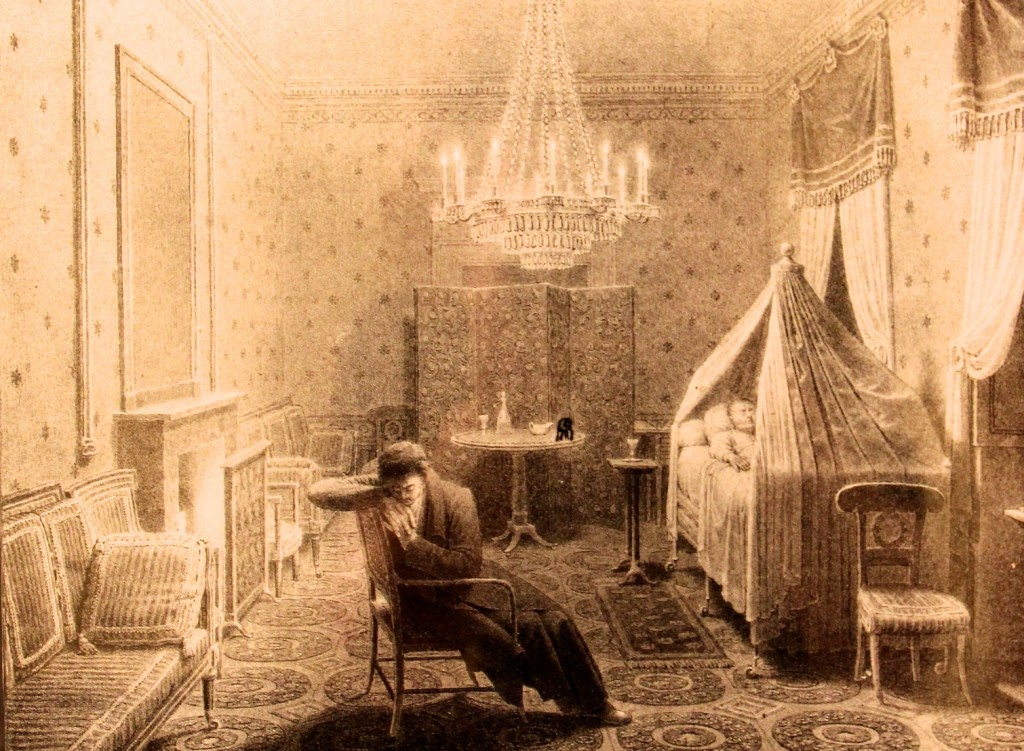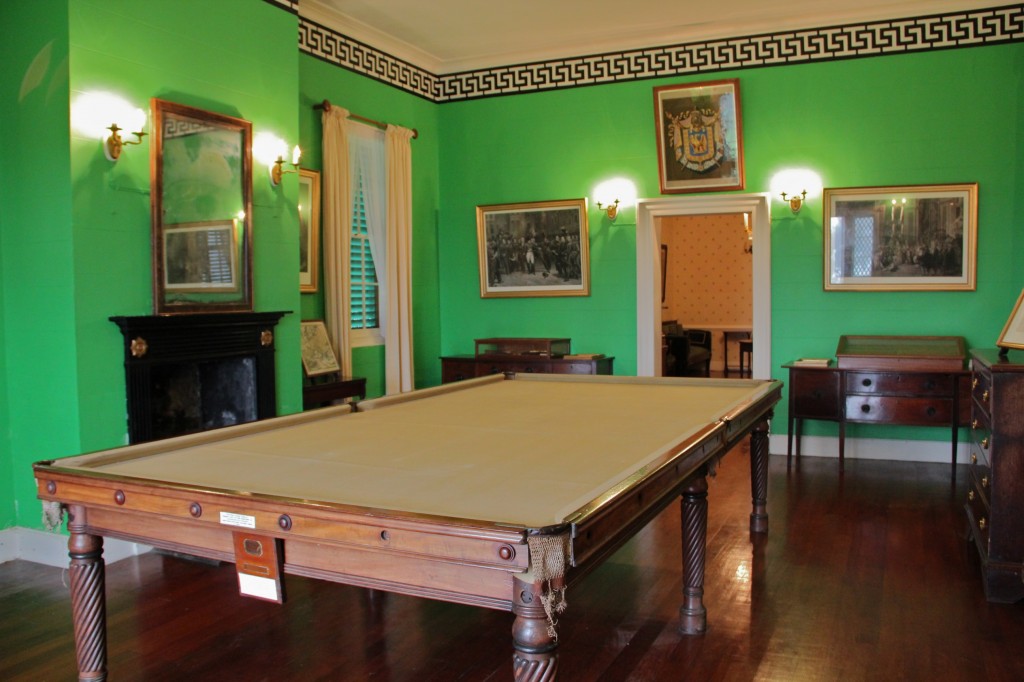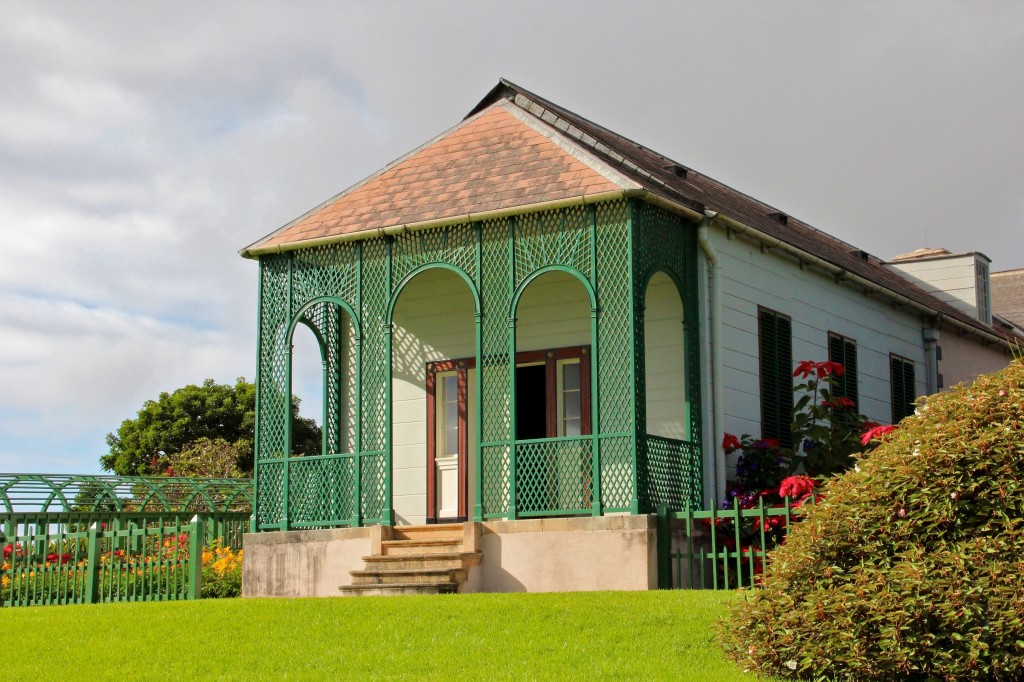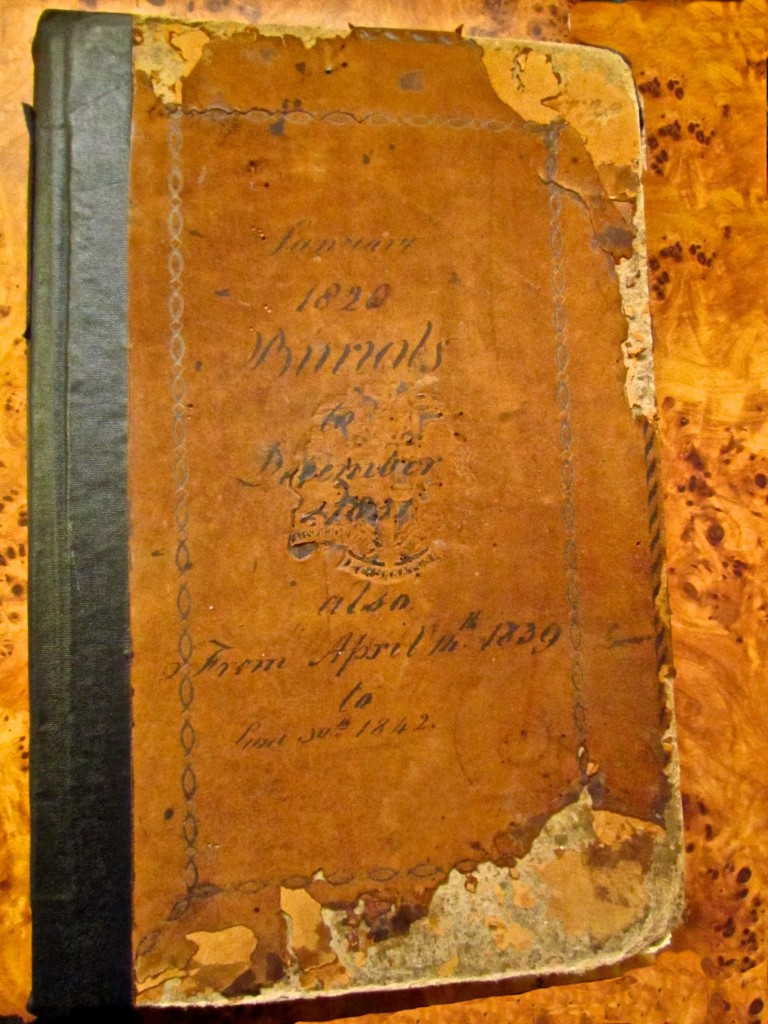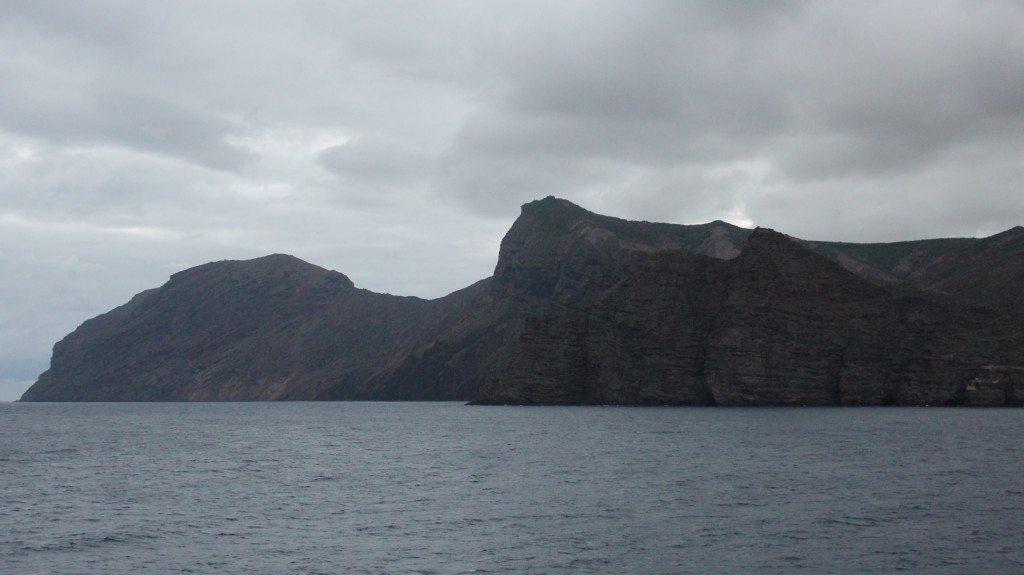END-OF-SUMMER EBOOK SPECIAL 99 Cents
For my U.S. and Canadian readers, the ebook version of FINDING NAPOLEON: A NOVEL is widely available for a limited time at just 99 cents! Here’s a U.S. link to Barnes & Noble for the Nook version and one to Amazon for the Kindle. I don’t know if it will ever be available at this …



